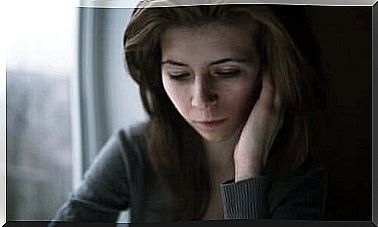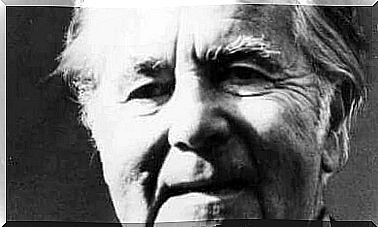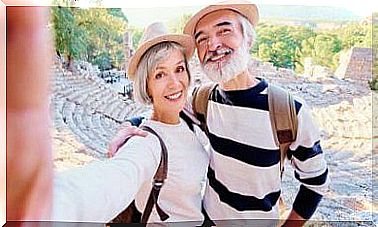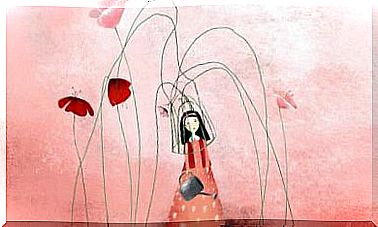The Theory Of Conceptual Change: How We Should Teach Science
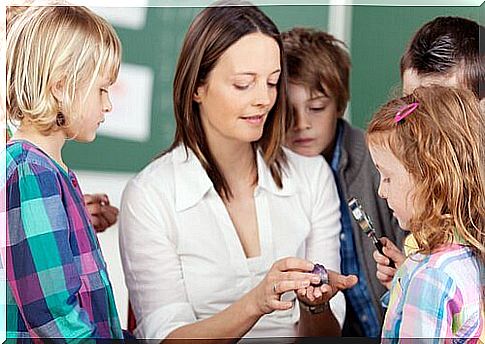
Science-related subjects demand a great cognitive effort from many students. This is mainly due to the need for a deep understanding of the content, a goal that many of today’s pedagogical methods are far from reaching. Therefore, from educational psychology, the theory of conceptual change was created, which gives us a lot of knowledge about how to teach science.
An essential aspect of understanding science education is understanding that the person has intuitive theories about the world. The child does not arrive at school like an empty bag. Before receiving information about how her environment works, she already theorized about it. These intuitive theories are probably wrong and condition new learning; that is why it is necessary that teachers take this aspect into account.
Phases of conceptual change theory
In this article, we’ll illustrate how to develop a deep understanding of science in students. To do this, we will explain the three phases of the theory of conceptual change:
- Recognition of an error.
- Construction of a new model.
- Use of the new model.

Recognition of an error
This is the first step for a student to develop a deep understanding of a fact. The teacher’s task is to break away from the student’s intuitive theory. He needs to let go of his old ideas and find out why they are wrong.
If intuitive theory is maintained, it will affect subsequent learning by changing it or causing the student to reject it. This will often result in a superficial learning of science. That way the student will not be forced to leave his intuitive theory behind. Therefore, it is essential to pay attention to a class’s preconceived ideas and direct teaching in a way that makes students aware of their mistakes.
From the theory of conceptual change, two methods are proposed to achieve this goal. The first would be direct experimentation: if the student sees with his own eyes that his intuitive theory is wrong, this will help him to recognize his error.
The other method is debate, in which the teacher questions students’ wrong ideas in a healthy and constructive dialogue. This method is very useful to awaken in them a critical view of the facts.
Building a new model
Once the student’s intuitive theory has been dismantled, the next step is to give him a new explanation. An essential aspect for the student to accept the correct model is that it is built by himself. If a teacher simply explains to the class how a scientific fact develops, it is difficult to understand. Most likely, there is superficial and mechanical learning.
Based on constructivist paradigms, teachers propose that students build their own knowledge. The teacher’s role would be to guide the student while exploring the different possibilities. It’s a complicated teaching technique, but it gives incredible results. Therefore, we must use it.
Now, taking this into the classroom is even more complicated, as it’s no longer a matter of doing it with just one student. A well-tested and effective method of achieving this is to generate debates among students. They themselves would challenge and expand the theories and ideas they had. In this case, the teacher’s role would be to prepare the material and resources necessary for the debate and act as a guide to keep students away from mistakes.
This is the most difficult step within the theory of conceptual change, as this is where deep understanding takes place. Therefore, it is necessary that teachers are well trained in the use of this type of teaching model.

Using the new template
It would make no sense to accept mistakes and build a new model if we do not apply this new knowledge to future problems. Therefore, the last step in the process is for students to learn to use their new theory. For this, it is important that they face exercises or situations in which they have to use the new knowledge acquired.
On the other hand, it is essential that this new model is integrated and related to previous knowledge. Thus, for the application of any knowledge to be correct, it is necessary to understand it from a broad and well-founded perspective of other areas of knowledge.
As we see, the theory of conceptual change provides us with a pedagogical technique that is widely validated and with incredible results. If we really want students to understand the contents of lessons in depth and know how to use them critically and constructively, we can’t wait any longer to apply these teaching techniques in the classroom.
